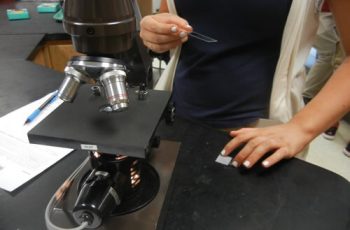Tag: lab
-
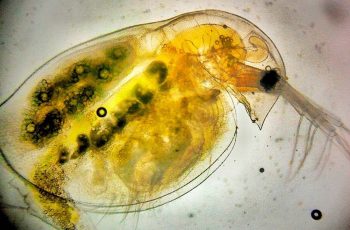
Investigation: What Factors Affect the Heart Rate of Daphnia
This investigation starts with a guided procedure where students gather data on the heart rate of daphnia when the organism is exposed to 1% ethanol. Daphnia are tiny crustaceans that are visible with the naked eye, though a microscope or stereoscope will be needed to see their heart rate.
-
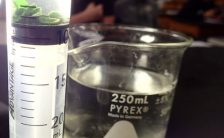
Investigation: Photosynthesis and Leaf Discs
As photosynthesis takes place, oxygen is released and causes the leaf to float. The number of floating disk is a measure of the rate of photosynthesis.
-
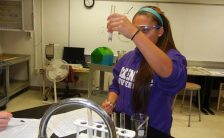
Investigation: Enzymes Activity with Catalase
Have you ever noticed that when you pour hydrogen peroxide on a wound, it bubbles? The reason is that bacteria and your own tissue contains an enzyme that breaks down the peroxide. Peroxide splits into a molecule of water and a molecule of oxygen, which causes the bubbles. In a series of tests, students observe…
-

Investigation: Temperature and Fish Respiration Rate
Students investigate what happens to the respiration rate of a fish as the temperature is decreased. Analyze data and create a graph.
-

Stickleback Fish – An Evolution Story
Students to examine two lakes and compare the types of fish in each. They learn how lakes form, and why spines may be an advantage for some populations.
-
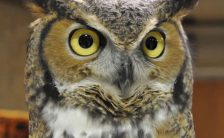
Investigation: Owl Pellets
Students open owl pellets to reveal the skeletons and fur of the owl’s last meal, and then reconstruct the skeletons using an bone chart.
-
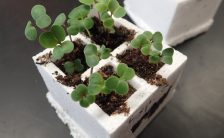
AP Biology – Investigation on Genetics with Plants
A modified AP Lab where students learn to grow plants from a seed, cross pollinate plants and conduct an inquiry investigation about plant genetics.
-
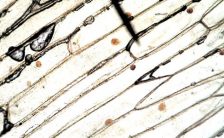
Comparing Plant Cells
Students observe onion cells and elodea cells using the light microscope. Students compare structures found in each type of cell and create drawings.
-
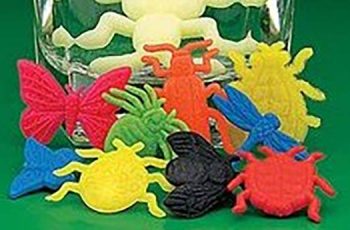
Growing Sponge Animals
This simple activity provides an introduction to laboratory techniques and data collection. Students measure how a sponge animal toy grows when submerged in cold and warm water.
-
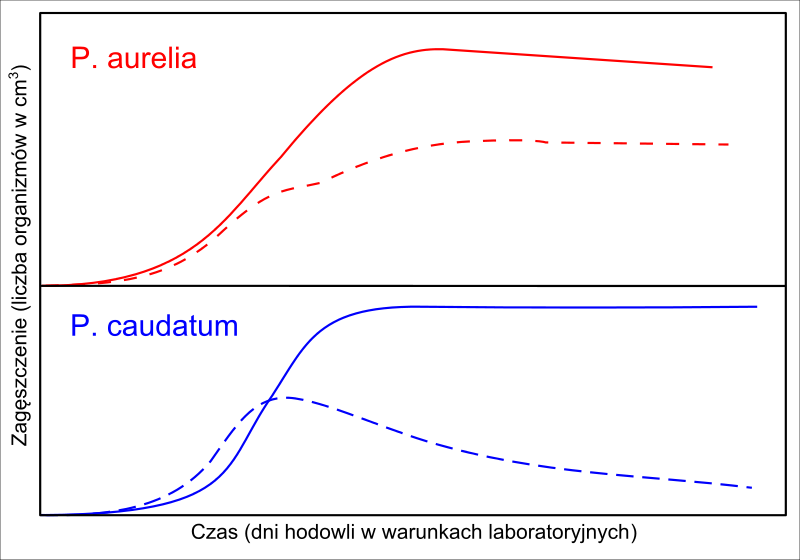
Population Biology with Paramecium
Activity illustrates the competitive exclusion principle by showing students how each population behaves when grown alone or when mixed together.
-
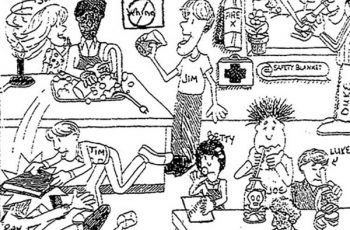
Lab Safety Cartoon
This cartoon depicts students engaging in safe and unsafe activities. It is a good starting point for a discussion on lab safety.
-
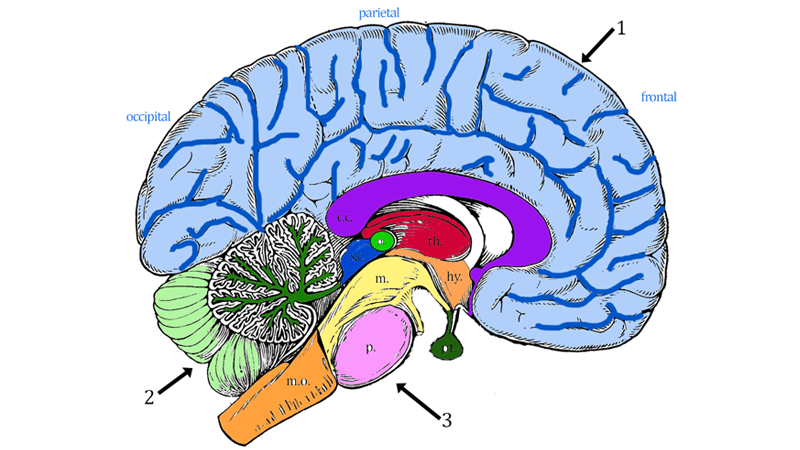
Sheep Brain Dissection Guide
The brain is one of the most interesting dissections to perform, mainly because all of the structures are easily found and animal models closely resemble human brains.. In this lab guide, students are given instruction on how to remove the dura mater, and locate the main structures of the external brain
-
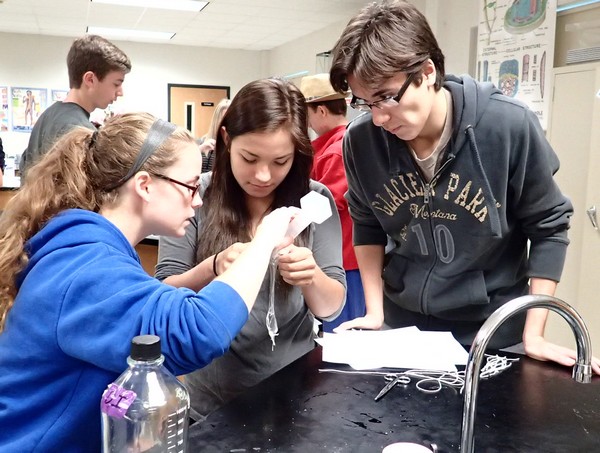
How to Make Group Activities and Grading Fair
During the cell unit of Advanced Placement biology, students are required to do three investigations (labs): Diffusion and Osmosis, Photosynthesis, and Cellular Respiration. Students work in groups of 3 to 4 to work through these investigations and analyze data. I often have them only turn in ONE copy of the lab guide because as a…
-
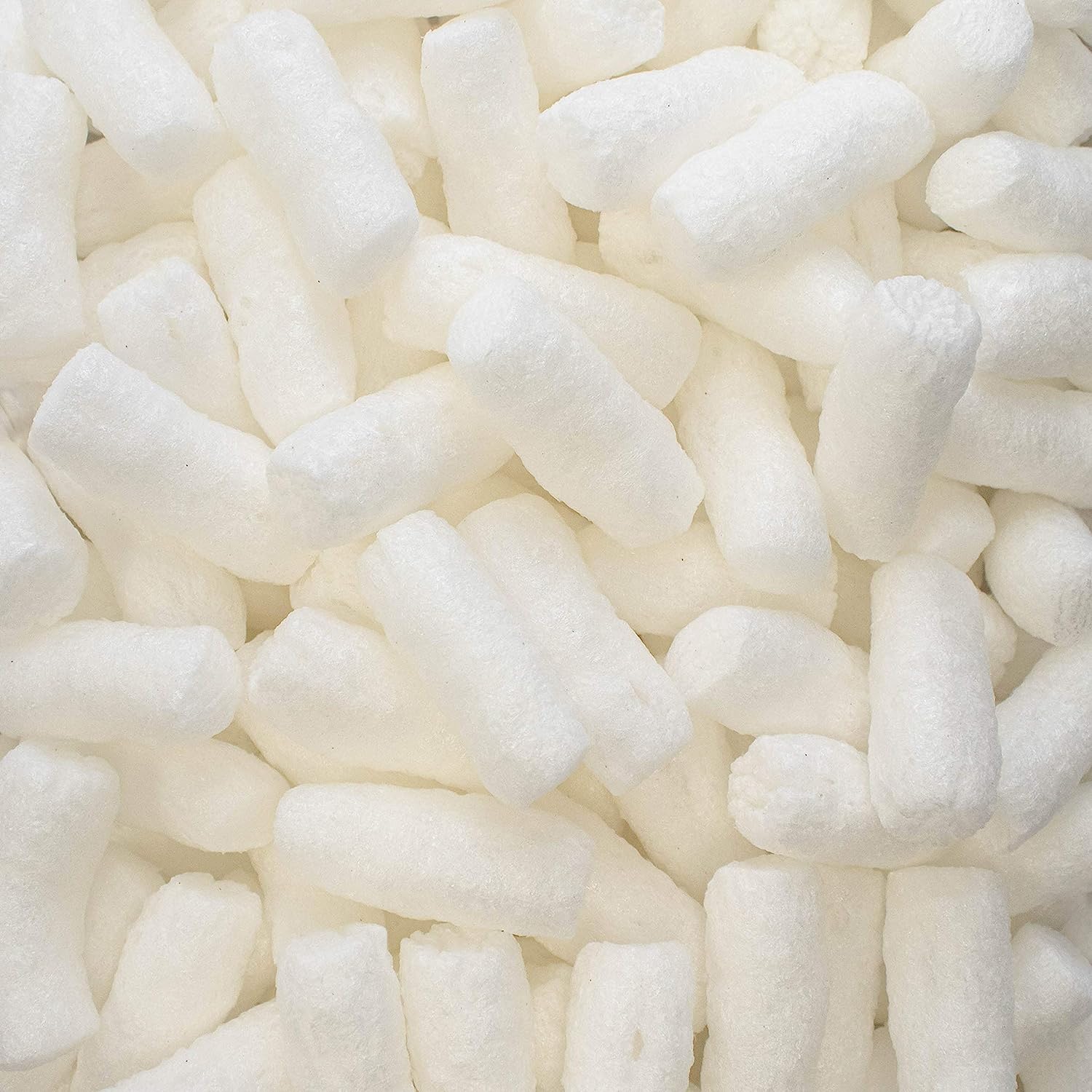
Simple Experiments with Biodegradable Packing Peanuts
Describes what to do with all those packing peanuts you’ve received with your science orders. How about these cheap and simple student experiments!


